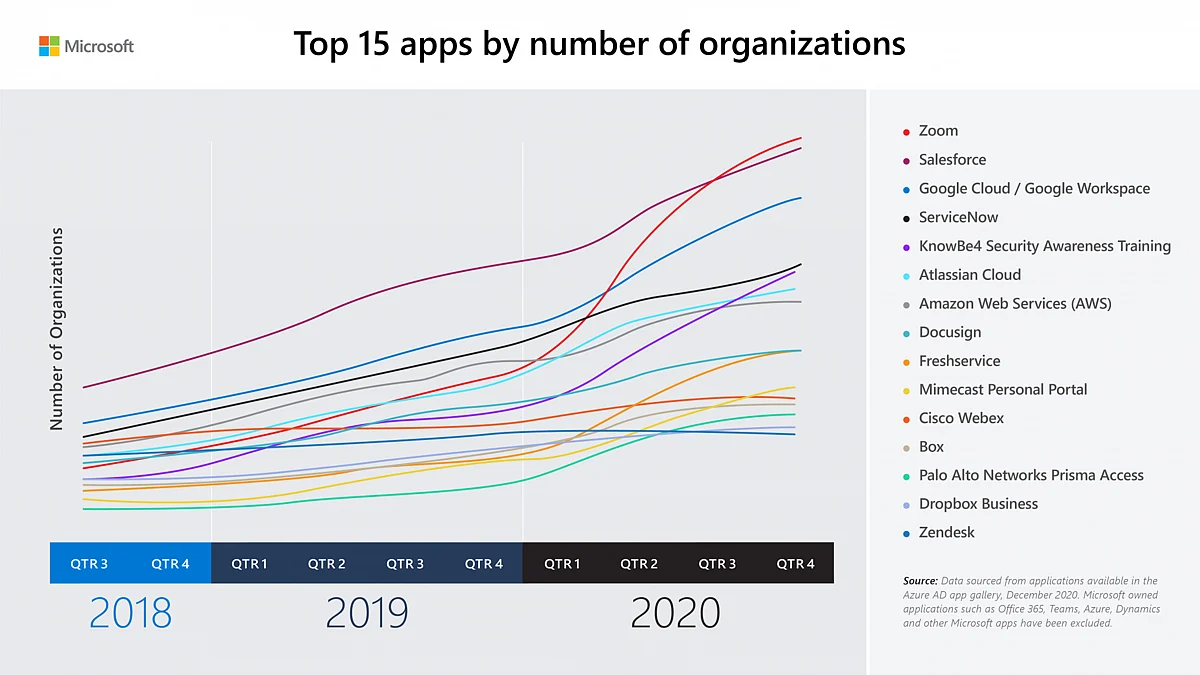https://www.freepressjournal.in/business/2021-will-be-about-changing-the-narrative-about-zoom-says-sameer-raje-head-of-zoom-india

Over a Zoom call, Sameer Raje, Country head of Zoom India waits for the interview with FPJ’s Jescilia Karayamparambil and R N Bhaskar to begin. As the FPJ team prepares to record, he tries his best not to guide the host about the options in Zoom. But, finally, when he intervened with a smile, the recording started too. Given below are edited excerpts of the interview.
What makes Zoom what it is today?
The thought behind starting Zoom was to offer a friction free and video-first communication which is easy to use. The base of this platform is video and the rest of the features just follow into place.
This platform works well in almost any bandwidth or device today.
It comes with an easy to use interface which makes Zoom much more attractive. There are few things that Zoom does differently.
Most important is that we care for our customers, partners and employees. Each and every member of our team goes through a training programme and (care) gets embedded in the team’s DNA. Thus, making them passionate about Zoom products and company to attain the ultimate goal.
We ensure that there is a sense of pride and happiness among our users. We always keep on inventing ourselves and stay ahead.
Ten years back, video was not that popular. Today, the video is the new audio.
Today, when the pandemic hit us. It was not only about the features and functionalities that Zoom brought in. But it is about the features that we introduced in record time for each of the used cases.
We have introduced a model for hybrid workforce when people start returning to their offices. We are trying to stay ahead of the curve by reinventing ourselves and helping organisations to adapt to the new world. First is the technology and second is the attitude that we have towards our customers, partners and employees. Needless to be said, Zoom is rated as the number one employer.
This is what makes Zoom.

You are entering into content as well by creating communities. So, would you say are you building communities?
We are not a content organisation, but an organisation that facilitates collaboration. We do not have any plans to become a content organisation. Content brings in another set of issues. So, our focus is to get people to collaborate and that continues to be our focus. During this process, we may introduce additional tools or ways to collaborate.
When we say communities, we do not mean that we get people together and allow them to post videos and other content there, but it is about collaboration.
Zoom does not store any content or has access to any of the content. We are here to help people and organisations collaborate.
Our focus for the year 2021 is platform centric organisation. In the last one year, Zoom has become a household name. While it has become a household name, it has become a Zoom video calling app. It is not a video calling app but it is a collaborative platform.
It has many features which allow for collaboration and it is unlike the video-calling apps that exist in the market. There are some features like chat in Zoom which many are unaware of. This year the focus will be to change the narrative around the platform.
As a collaboration platform, what does Zoom do?
We do not provide any linkages or content.
For instance, an application developer can embed Zoom into any application. Zoom can get embedded into applications like G Suite, Salesforce or any other tools. But we do not provide any access or linkages. We provide you an ability to collaborate at a click of a button.
There are a lot of schools and edutech platforms using this in their learning management system. It has been explored in healthcare as well.
This can be made available to Zoom marketplace or have your customers or employees use it. It makes things more accessible and collaborative for everyone.
We do not have anything to do with content.

Do you have special pricing for education?
We do have special pricing in the education front. They are at specially discounted rates for K-12 schools.
During the pandemic globally, we allowed schools to use our platform. We removed the 45 minute cap. Zoom supports 125,000 schools across 25 countries with a free of cost platform – nearly 2,500 in India
Are you working on local language support to reach the remotest of villages?
We have already brought out a lot of local language support across the world. India has certain plans. But I will not like to comment on it right now. It will be too premature for me to comment on it.
Getting INR was the key requirement and it took us some time to get the local currency. Then data centres in India. Everything flows at its own pace.
In the case of remote locations and language support, we are optimistic about it. But it is too premature to say if we are bringing it out. I would like to add that we will do everything possible for Indian market.
During the pandemic, there were times when your competition faced technological challenges. How did such failures of competition help Zoom?
As far as Zoom is concerned, we do not look much at what our competition is doing. We do keep a watch on various activities our competitors engage in and we wish them well.
The feedback that we receive from schools and teachers is that when there is a large number of students, they have found Zoom to work seamlessly. It is the case even when the bandwidth is low.
As far as demand is concerned, we have brought in a lot of features. For instance, today, the host has the authority to eject a participant.
This was introduced keeping in mind the situation in a classroom. There are at times teachers find that the student is not behaving well. So, in a physical classroom, students are usually asked to leave the class if they misbehave or did not maintain the discipline/ decorum of the classroom.
Now, teachers are drawing Zoom’s features to the physical classroom.
What has the growth Zoom witnessed in India?
We do not look at growth so specifically. But in India our free sign up went up by 67 times from the period of January to April last year. In the case of paid customers for January to April, it went up four times. That growth momentum continues even today in India.
During that time, we were short staffed. Today, we have around 80 plus employees for our India operations. The number of people reaching out and trying to implement Zoom is still high.
We have not analysed India numbers and trends specifically, it will be a herculean task to do so.
What is Zoom doing to address privacy issues?
Privacy and security are two good words. More than a privacy issue, it is the fake news about products and applications that is an issue.
There were a few red flags that were raised about Zoom which was sorted out later.
But having said that there is a different angle to privacy, where people record videos and upload it online, sending to a large number of people.
There is the issue of people sharing the Zoom link and password with unknown people/ groups. Uninvited people come and attend the session and cause mischief. For such issues, Zoom cannot be blamed. This responsibility lies with users.
My simplest advice is that please don’t share the details on social media or whatsapp groups, unless and of course, you are sharing it with a closed group.
Zoom stores no data. Zoom has no information. It is transient data.
When the recording happens on a Zoom server, that is the only thing that is recorded.
Does Zoom have data centres in India?
We had data centres in India even before the pandemic started — one is in Mumbai and another in Hyderabad.
All our paid customers get connected through either of these data centres. Meanwhile, the free users are connected to the US data centre.
We are now expanding our data centre footprint in India. We will keep on adding as per the requirement of the geography.
What are the trends that Zoom has seen?
Approximately 467,100 customers with more than 10 employees, up approximately 470 per cent from the same quarter last fiscal year. There are around 1,644 customers contributing more than USD 1,00,000 in trailing 12 months (TTM) revenue, up approximately 156 per cent from the same quarter last fiscal year (globally).
In the case of individuals, those will be in millions and will be difficult to keep a tab on. Every single day, individual users using Zoom are humongous.

What are your market expectations?
The trend is very clear. The future is digital. And the focus of Indian government-led by Prime Minister Narendra Modi, is also digital.
The pandemic has driven everything to go digital.
There are sections of the Indian economy based in remote locations that contribute a huge chunk to India’s growth and to name a few are the traders of our country.
These groups of people in the remote locations are the future as they have tasted digitisation, enjoyed the flavour and now is the time to adopt it.








































COMMENTS